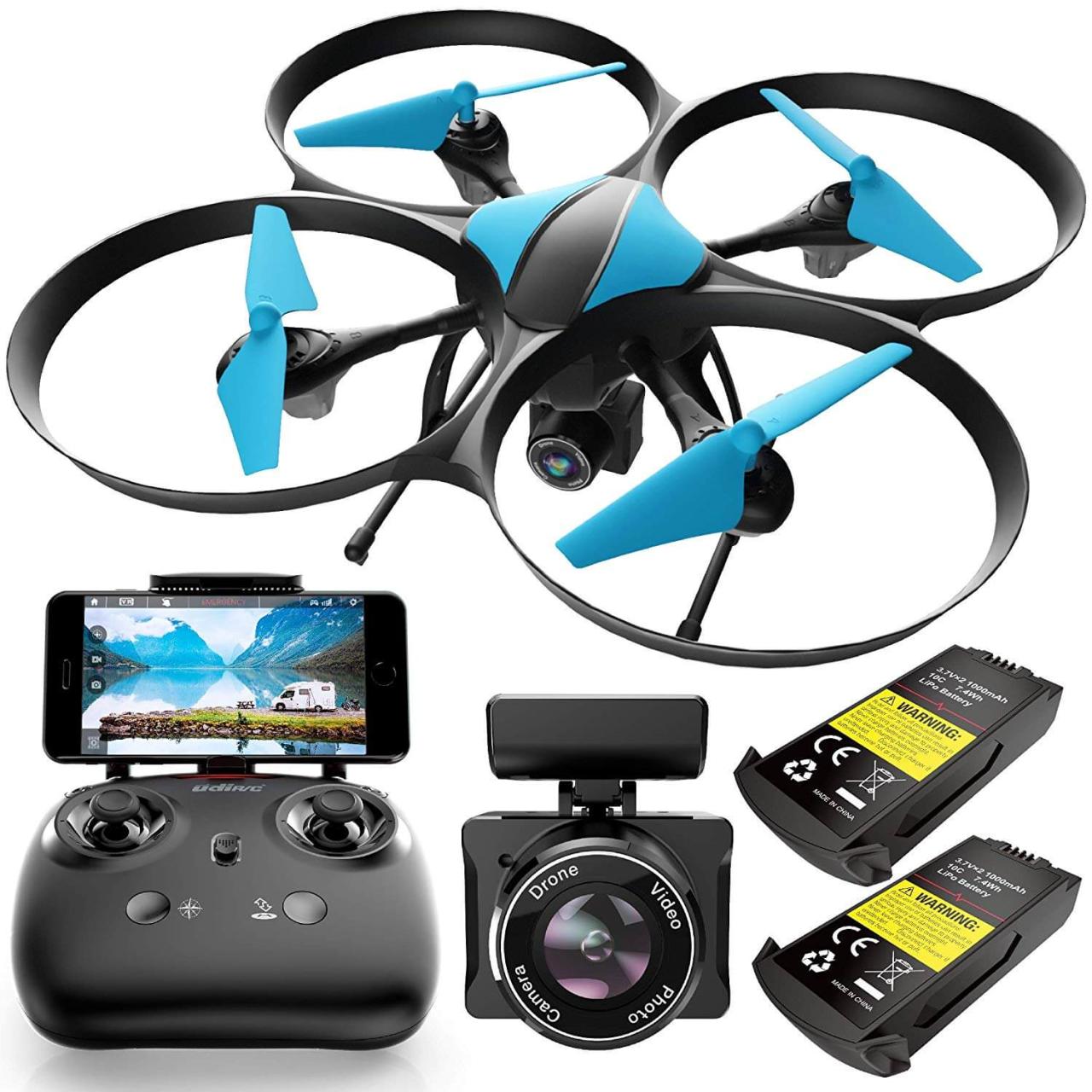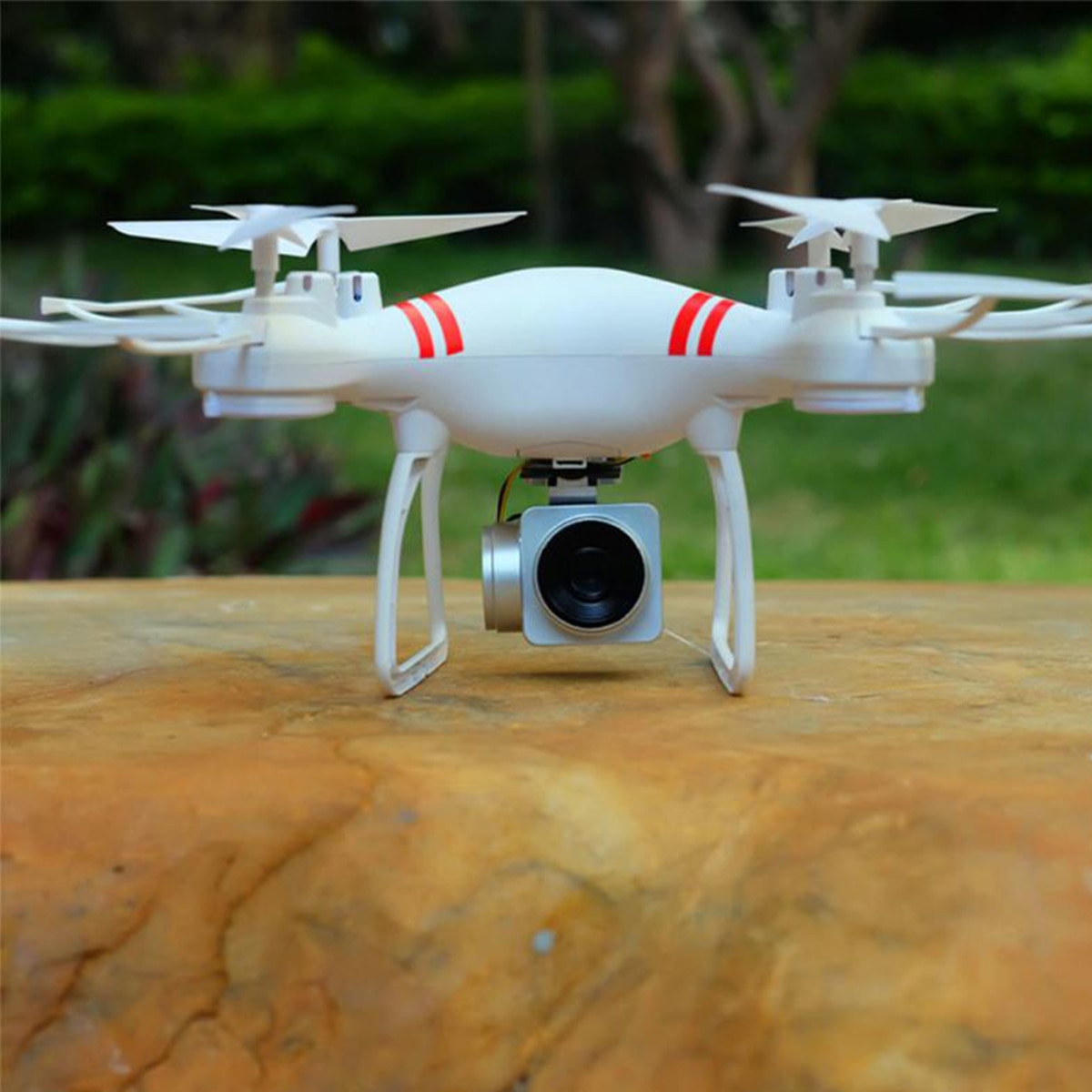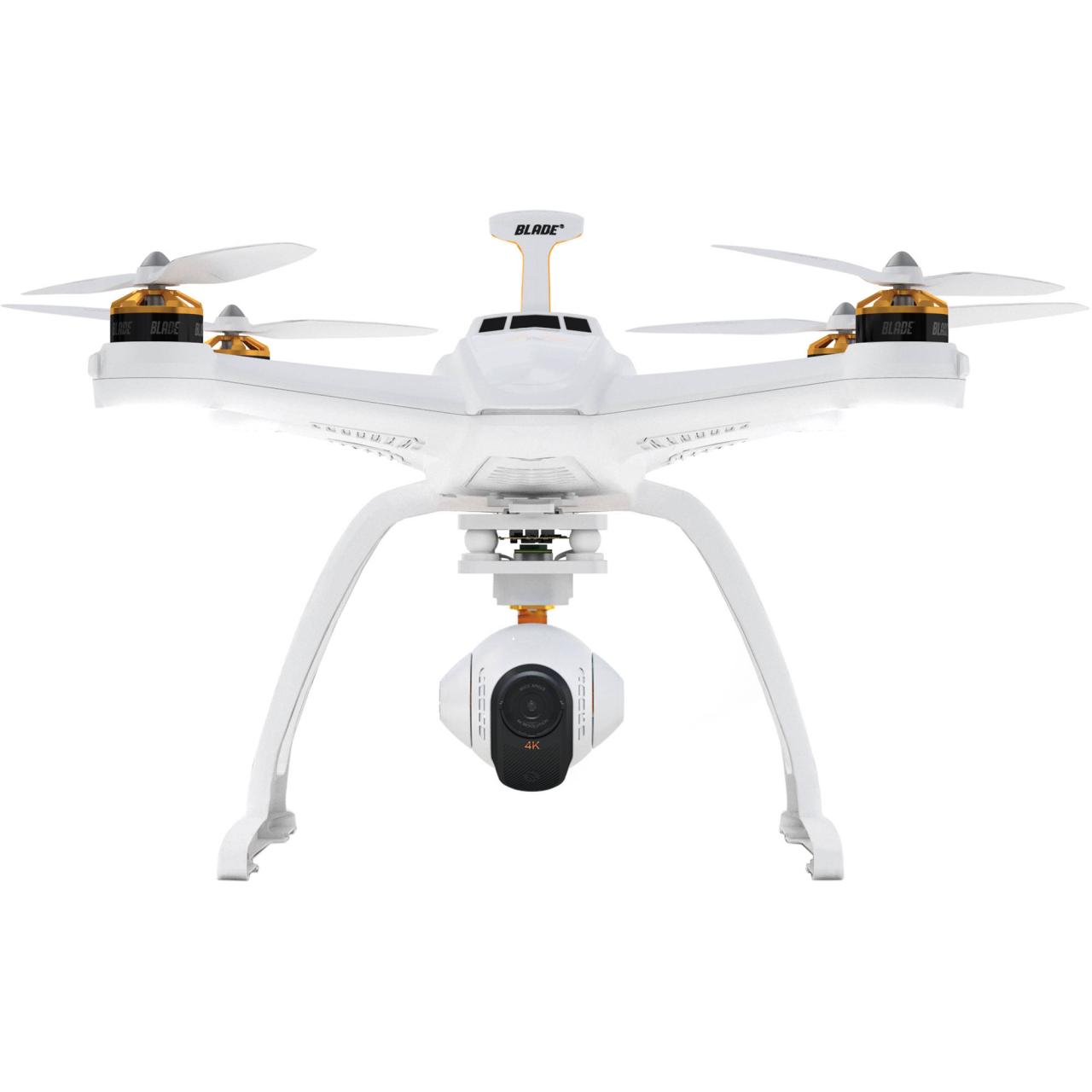Drone with camera technology has revolutionized how we capture and utilize aerial perspectives. From professional filmmakers creating breathtaking cinematic shots to real estate agents showcasing properties from unique angles, the applications are vast and constantly expanding. This comprehensive guide delves into the diverse world of drones equipped with cameras, exploring their capabilities, functionalities, and implications across various sectors.
We will examine different drone types, camera specifications, operational procedures, legal considerations, and post-processing techniques. Understanding these aspects is crucial for both hobbyists seeking stunning aerial footage and professionals leveraging this technology for commercial purposes. Whether you’re a seasoned drone pilot or a curious beginner, this guide provides valuable insights to enhance your understanding and skills.
Types of Drones with Cameras
The world of drone cameras is vast and varied, offering a wide range of options for both hobbyists and professionals. Understanding the different types, their capabilities, and their respective advantages and disadvantages is crucial for making an informed purchase. This section categorizes drones based on size, features, and intended use.
Drone Categories by Size, Features, and Use Case
| Type | Size | Features | Use Case |
|---|---|---|---|
| Nano Drone | Extremely small, palm-sized | Basic camera, short flight time, limited features | Indoor photography, recreational use |
| Micro Drone | Small, easily portable | Improved camera, longer flight time than nano, some may have GPS | Hobbyist use, basic aerial photography |
| Mini Drone | Compact, portable, more robust than micro | Good camera quality, longer flight time, often includes GPS and obstacle avoidance | Consumer use, aerial photography, videography |
| Standard Drone | Larger, more powerful motors | High-quality camera, extended flight time, advanced features like GPS, obstacle avoidance, intelligent flight modes | Professional and advanced hobbyist use, aerial photography, videography, mapping |
| Large Drone | Substantial size, high payload capacity | High-resolution cameras, long flight times, advanced features, often used with specialized equipment | Professional use, industrial inspections, mapping, cinematography |
Advantages and Disadvantages of Drone Categories
Each drone category presents a unique set of advantages and disadvantages. Nano drones are highly portable but lack features and flight time. Large drones offer superior capabilities but are less portable and more expensive. The ideal choice depends on individual needs and budget.
- Nano Drones: Advantages – portability, affordability. Disadvantages – limited features, short flight time, low image quality.
- Micro Drones: Advantages – improved camera and flight time compared to nano. Disadvantages – still limited features compared to larger models.
- Mini Drones: Advantages – balance of portability, features, and flight time. Disadvantages – higher price point than micro and nano.
- Standard Drones: Advantages – excellent camera quality, advanced features, long flight time. Disadvantages – larger size, higher price.
- Large Drones: Advantages – high payload capacity, long flight time, advanced features. Disadvantages – expensive, requires more expertise to operate, not easily portable.
Comparison of Drone Camera Image and Video Quality
Drone cameras offer a range of resolutions and features, impacting the quality of captured footage. 4K provides superior detail compared to 1080p, while thermal cameras offer a unique perspective for specialized applications. The choice depends on the intended use and budget.
- 4K: High resolution, excellent detail, suitable for professional use and high-quality video.
- 1080p: Good resolution, widely compatible, suitable for most applications.
- Thermal: Detects heat signatures, ideal for inspection, search and rescue, and security applications.
Camera Features and Specifications
Understanding drone camera features and specifications is key to capturing high-quality footage. This section details various features and provides a comparison of popular drone cameras.
Drone Camera Features
Drone cameras offer a variety of features that influence image and video quality. These features include zoom capabilities (optical and digital), field of view, image stabilization, and shooting modes.
- Optical Zoom: Uses physical lenses for magnification, resulting in better image quality than digital zoom.
- Digital Zoom: Enlarges the image digitally, resulting in a loss of quality.
- Field of View (FOV): Determines the breadth of the scene captured by the camera.
- Image Stabilization: Minimizes camera shake for smoother footage.
- Shooting Modes: Options include photo, video, timelapse, and panorama.
Comparison of Popular Drone Camera Specifications
| Camera | Sensor Size | Aperture | ISO Range | Video Resolution |
|---|---|---|---|---|
| Example Camera 1 | 1/2.3″ | f/2.8 | 100-3200 | 4K |
| Example Camera 2 | 1/1.7″ | f/2.0 | 100-6400 | 4K |
| Example Camera 3 | 1/2″ | f/2.4 | 100-1600 | 1080p |
| Example Camera 4 | 1/1.2″ | f/1.8 | 100-12800 | 4K |
| Example Camera 5 | 1/2.3″ | f/2.2 | 100-3200 | 1080p |
Note: These are example specifications and may vary depending on the specific drone model. Always refer to the manufacturer’s specifications for accurate information.
Impact of Camera Features on Footage Quality

Different camera features significantly impact footage quality for various applications. High-resolution cameras are crucial for real estate photography, while thermal imaging is essential for infrastructure inspections. Image stabilization is vital for smooth cinematic shots.
Drone Flight and Operation: Drone With Camera
Safe and effective drone operation requires careful planning and adherence to procedures. Understanding pre-flight checks, flight modes, and achieving specific aerial shots is crucial for successful drone usage.
Safe Drone Operation Procedures, Drone with camera

Before each flight, perform thorough pre-flight checks to ensure the drone is in optimal condition. Plan your flight path, considering potential hazards, and always follow emergency procedures if necessary.
- Inspect the drone for any damage.
- Check battery levels.
- Calibrate the compass and GPS.
- Review local regulations and airspace restrictions.
- Plan your flight path, avoiding obstacles and restricted areas.
- Keep the drone within visual line of sight.
- Be aware of weather conditions.
- Have a backup plan in case of emergency.
Drone Flight Modes
Most drones offer various flight modes designed for different skill levels and shooting styles. Beginner mode limits speed and maneuverability, while sport mode allows for more aggressive flying. Cinematic mode prioritizes smooth, controlled movements.
- Beginner Mode: Limits speed and responsiveness, ideal for learning.
- Sport Mode: Enables faster speeds and more agile maneuvers.
- Cinematic Mode: Prioritizes smooth, controlled movements for professional-looking footage.
Achieving Specific Aerial Shots
Mastering specific aerial shots enhances the quality and creativity of drone footage. A sweeping panorama requires careful planning and execution, while a smooth tracking shot necessitates precise control and potentially the use of follow-me features.
- Sweeping Panorama: Plan a smooth, continuous arc, adjusting camera angle as needed. Use panorama mode if available.
- Smooth Tracking Shot: Utilize follow-me mode or carefully control the drone’s movement to maintain a consistent distance and speed while following a subject.
- Steady Overhead Shot: Position the drone directly above the subject and use its stabilization features to maintain a steady, level shot.
Applications of Drones with Cameras
Drones with cameras have revolutionized various industries, offering efficiency, cost savings, and unique perspectives. This section explores several applications and highlights the advantages of using drones in each field.
Drone Applications Across Industries
The versatility of drones with cameras makes them applicable across diverse sectors. Their use spans real estate photography, agricultural monitoring, construction site inspections, search and rescue operations, and filmmaking.
- Real Estate: High-resolution aerial photography and videography showcase properties from unique angles.
- Agriculture: Monitoring crop health, identifying areas needing attention, and optimizing irrigation.
- Construction: Site inspections, progress monitoring, and safety assessments.
- Search and Rescue: Locating missing persons, assessing disaster areas, and providing aerial surveillance.
- Filmmaking: Capturing cinematic shots, aerial perspectives, and dynamic scenes.
Advantages of Drones in Specific Industries
The advantages of drone usage are significant across various sectors. In real estate, drones provide stunning visuals, while in agriculture, they offer efficient monitoring capabilities. Construction benefits from improved safety and efficiency through drone-based inspections.
- Real Estate: Cost-effective alternative to traditional aerial photography, wider reach.
- Agriculture: Improved efficiency in monitoring large areas, early detection of problems.
- Construction: Enhanced safety by minimizing on-site risks, efficient progress tracking.
- Search and Rescue: Rapid assessment of disaster areas, improved search efficiency.
- Filmmaking: Creative and dynamic shots impossible with traditional methods.
Benefits of Specific Camera Features
Different camera features are advantageous for particular applications. High-resolution cameras are vital for real estate photography, while thermal imaging is crucial for infrastructure inspections. This allows for targeted solutions based on specific needs.
Legal and Safety Considerations
Operating drones with cameras requires adherence to legal regulations and safety guidelines. This section details legal considerations, safety precautions, and ethical implications.
Legal Regulations and Safety Guidelines
Drone regulations vary by region. Understanding local laws, airspace restrictions, and registration requirements is crucial for legal operation. Always fly responsibly and safely, prioritizing the safety of others and the environment.
- Registration: Many regions require drone registration before operation.
- Airspace Restrictions: Avoid flying near airports, restricted airspace, or crowded areas.
- Privacy Concerns: Respect individuals’ privacy and avoid unauthorized surveillance.
- Safety Guidelines: Always maintain visual line of sight, be aware of weather conditions, and follow manufacturer’s instructions.
Drone Operation Safety Checklist
A thorough checklist ensures safe and responsible drone operation. This includes pre-flight checks, flight planning, and emergency procedures.
- Check battery levels and drone condition.
- Plan flight path and identify potential hazards.
- Review local regulations and airspace restrictions.
- Maintain visual line of sight.
- Be aware of weather conditions.
- Have a backup plan in case of emergency.
Ethical Considerations
Responsible drone usage involves ethical considerations, including respecting privacy and avoiding misuse. Be mindful of potential impacts on individuals and the environment.
Drone Camera Image and Video Enhancement
Post-processing techniques significantly enhance the quality of drone footage. This section explores methods for improving image and video quality, including software and tools, and the importance of proper lighting and weather conditions.
Post-Processing Techniques

Enhance drone footage through post-processing techniques such as color grading, stabilization, and noise reduction. These methods improve the overall quality and visual appeal of the final product.
- Color Grading: Adjust color balance, saturation, and contrast to achieve a desired aesthetic.
- Stabilization: Smooth out shaky footage, creating professional-looking results.
- Noise Reduction: Minimize grain and artifacts, improving image clarity.
Software and Tools for Editing and Enhancement
Various software and tools are available for editing and enhancing drone footage. Popular options include Adobe Premiere Pro, DaVinci Resolve, and various mobile apps offering basic editing features.
- Adobe Premiere Pro: Professional-grade video editing software with extensive features.
- DaVinci Resolve: Powerful video editing and color grading software.
- Mobile Apps: Several mobile apps provide basic editing capabilities for quick adjustments.
Importance of Lighting and Weather Conditions
Proper lighting and weather conditions significantly impact the quality of drone images and videos. Optimal lighting minimizes shadows and enhances detail, while favorable weather conditions ensure clear and stable footage.
The versatility and accessibility of drone with camera systems continue to redefine possibilities across multiple industries. From revolutionizing agricultural practices to aiding in search and rescue operations, their impact is undeniable. By understanding the technical aspects, legal frameworks, and ethical considerations surrounding their use, we can harness the power of aerial imagery responsibly and effectively. This guide serves as a foundation for exploring the exciting world of drone photography and videography, encouraging both safe and innovative applications.
FAQ Compilation
What is the difference between optical and digital zoom on a drone camera?
Drone photography offers incredible aerial perspectives, but sometimes a more intimate ground-level shot is needed. For those times, consider supplementing your drone with a high-quality compact camera like the fujifilm x100v , known for its exceptional image quality and portability. This allows you to capture diverse perspectives, seamlessly blending aerial drone footage with detailed ground shots for a richer, more complete visual narrative.
Optical zoom uses lenses to magnify the image, resulting in higher quality. Digital zoom enlarges the image digitally, often reducing quality.
How long does a drone battery typically last?
Flight times vary greatly depending on the drone model, battery size, and flight conditions. Expect anywhere from 15 to 45 minutes per battery.
What are the common causes of drone crashes?
Common causes include battery failure, loss of signal, operator error, and collisions with obstacles.
Do I need a license to fly a drone?
Drone technology with integrated cameras offers exciting possibilities for aerial photography and surveillance. For a real-time example of this technology in action, consider checking out the port dover live camera feed; it showcases the kind of high-definition footage achievable with advanced drone systems. Ultimately, the advancements in drone camera technology continue to open up new avenues for both professional and recreational use.
Regulations vary by location. Check your local aviation authority for specific licensing requirements and restrictions.
